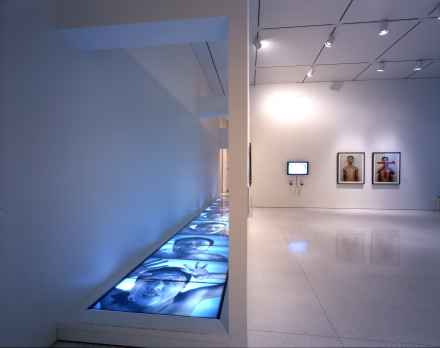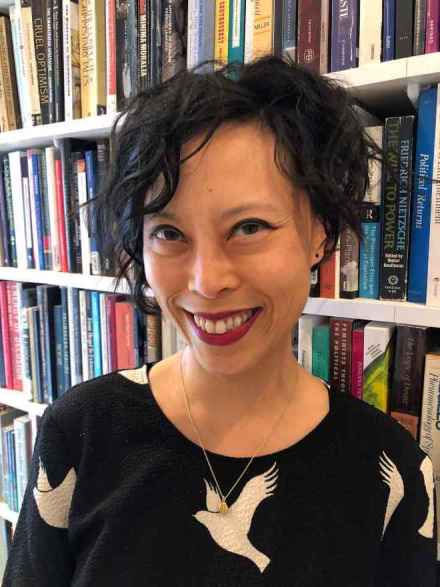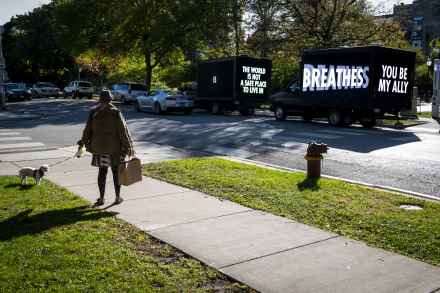Aught Culture: The Exhibitions That Defined the 2000s
The illuminating exhibition “Between Past and Future: New Photography and Video from China,” co-organized by University of Chicago professor Wu Hung and International Center of Photography curator Christopher Phillips (a former senior editor at A.i.A.), the survey comprised 130 works by sixty Chinese artists. It debuted at the International Center of Photography and the Asia Society, both in New York, and toured to six other museums in the United States and abroad, including the Smart Museum of Art at the University of Chicago. The vision it delivered was that of a nation utterly transformed both physically and socially. Photographs by Zhang Dali and Sze Tsung Leong showed historic neighborhoods reduced to rubble to make way for soaring modern towers; Rong Rong and Xing Danwen documented the renegade life of their artist friends in the squalor of Beijing’s self-styled East Village; Liu Zheng turned his lens on everyone from professional village mourners to convicts to decadent businessmen; Wang Qingsong staged elaborate scenes melding Chinese history and folklore with contemporary life.




